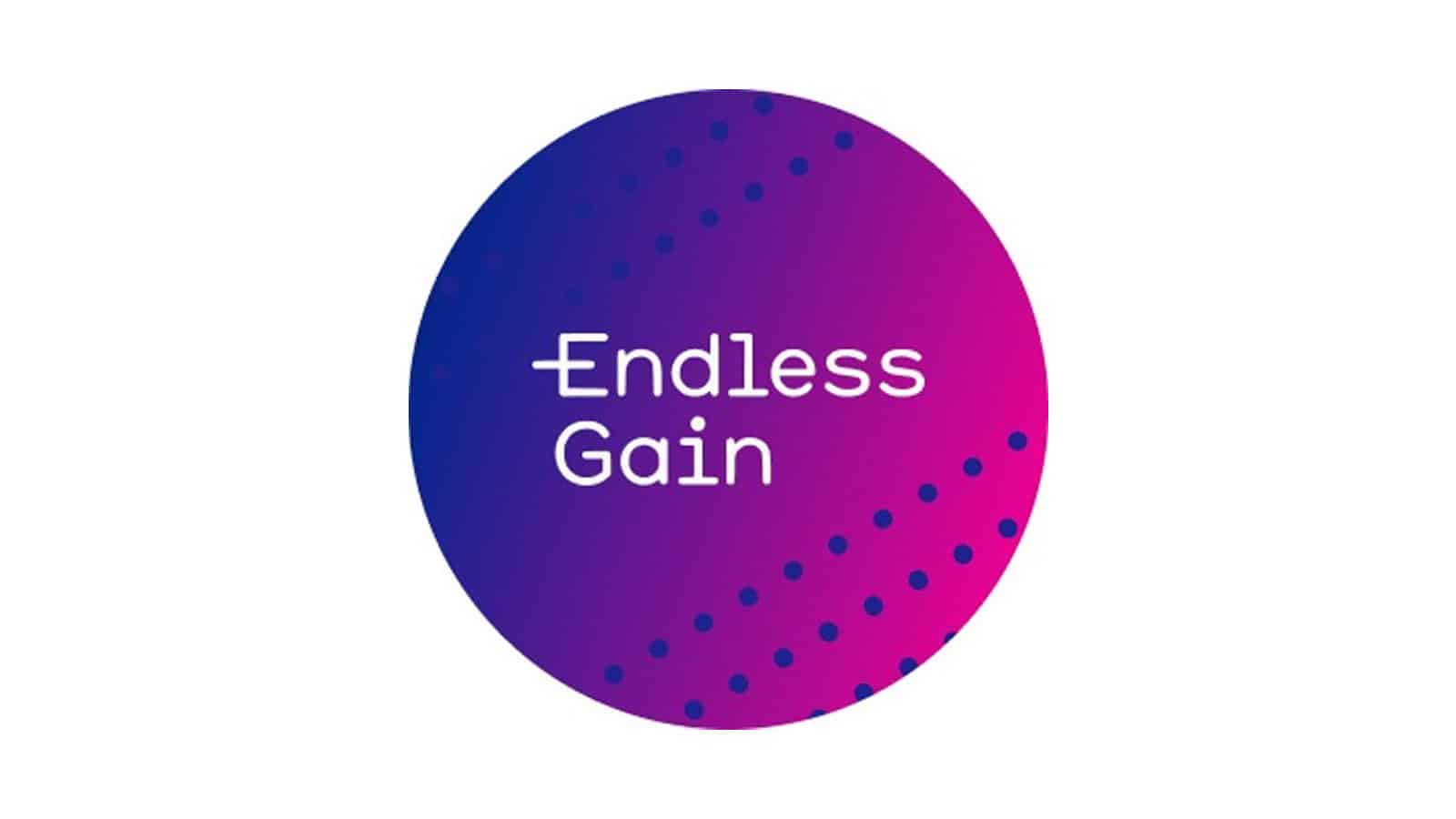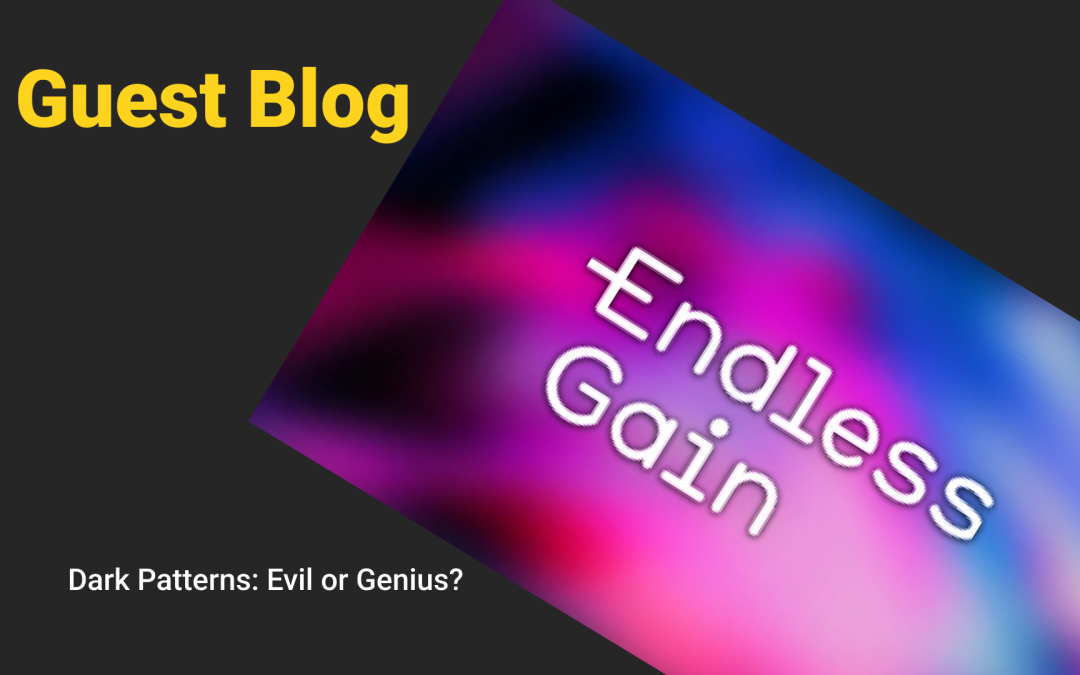Manipulate or Motivate? The Ethics of UX Design
Abi Hough explores the concept of dark patterns in user interface (UI) design, highlighting their short-term effectiveness in boosting conversions and the potential long-term damage they can inflict on brand reputation.

Summary
Key Insights:
Defining Dark Patterns vs. UI Anti-Patterns
-
Dark Patterns: Intentionally deceptive UI designs crafted to manipulate users into actions they might not have intended, leveraging psychological principles for ill-gotten gains.
-
UI Anti-Patterns: Poor design choices made without malicious intent, often resulting from oversight or lack of experience.
Common Types of Dark Patterns
Forced Continuity: Users are required to enter payment details for a free trial, leading to unexpected charges due to difficult cancellation processes.
Hidden Costs: Additional fees revealed late in the checkout process, catching users off guard.
Sneak into Basket: Unwanted items are added to a user’s shopping cart without explicit consent.
Trick Questions: Misleading phrasing designed to confuse users into making unintended choices.
Bait and Switch: Users attempt one action but are led to a different, often undesirable, outcome.
Forced Disclosure: Requiring users to provide personal information to access services or complete transactions.
Misdirection: Drawing user attention away from critical information or actions.
Roach Motel: Easy to enter into a service or subscription but challenging to exit.
Consequences of Employing Dark Patterns
-
Customer Distrust: Users may feel deceived, leading to negative word-of-mouth and loss of loyalty.
-
Legal Repercussions: Companies have faced substantial fines for deceptive practices, such as JustFab’s $1.88 million settlement and LinkedIn’s $13 million penalty.
-
Brand Damage: Short-term gains are often outweighed by long-term harm to brand reputation and customer relationships.
Ethical Alternatives
Hough advocates for ethical design practices that respect user autonomy:
-
Transparency: Clearly communicate intentions and options to users.
-
User-Centric Design: Focus on guiding users through honest and helpful interfaces.
-
Ethical Use of Psychology: Leverage psychological principles to enhance user experience without manipulation.
By prioritizing ethical design, businesses can build trust, foster loyalty, and achieve sustainable success.

Recent Comments